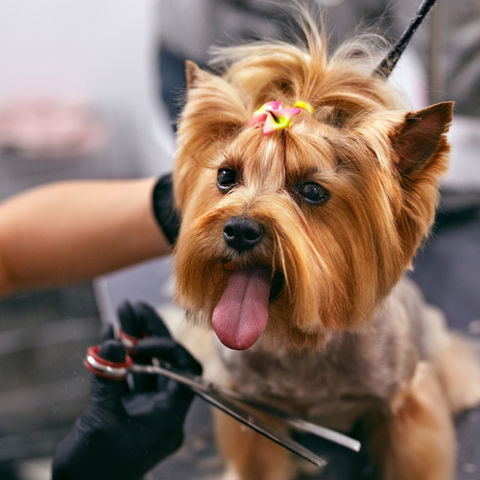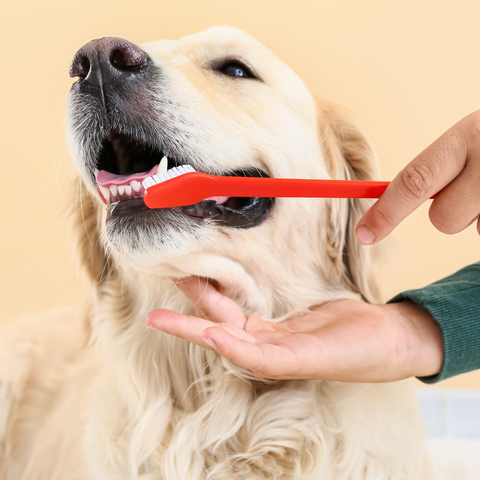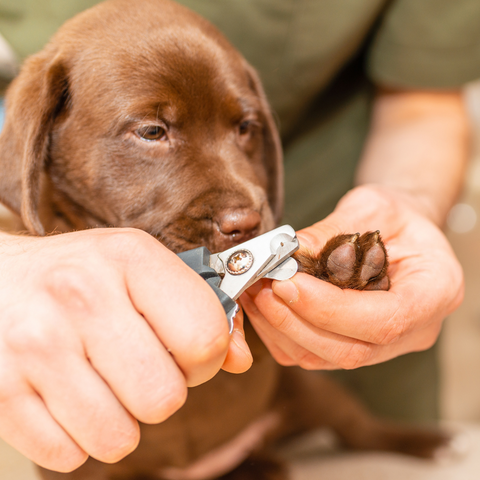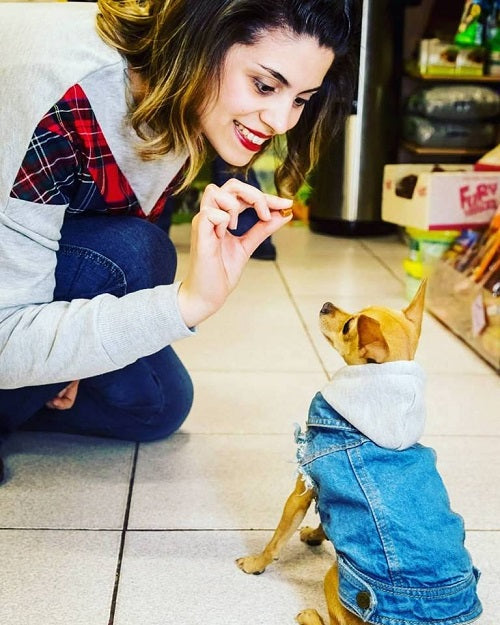
Dog grooming and grooming: What you need to know
Share
Grooming is an important part of dog care since, when done regularly, it can prevent many problems with the animal's skin, nails, teeth and coat. Each breed has its own needs and of course each dog has its own character. Some really like the grooming process, while others react badly. In the second case or if you don't have the time for regular grooming at home, professional pet grooming is the best solution.

Necessary care equipment
If you choose to groom your dog at home, then you will need the necessary equipment. The basics required for all races are:
Beyond that, depending on the dog's breed and coat, you may need a grooming glove or a stiffer brush.

Grooming dog training
Teach your puppy to enjoy the process from the start. Of course, you can also teach an older dog to sit quietly while you groom it.
In the first phase, you should touch the dog in the places where you will treat him, holding him with the leash. Reward your dog for simply standing still. You can do this with praise or better with a treat . At the same time, pet him by lightly massaging your fingers into his fur, so that he gets used to the feeling.
Then you can do some common grooming moves, such as touching his paws and nails, lifting his ears and lifting his muzzle, to see his teeth. Whenever your dog accepts what you are doing, praise him and reward him with a treat. Remember, keep sessions short and sweet and always end on a positive note.
Continue this routine until your dog is relaxed throughout. Then proceed to light brushing without pulling the hairs. The dog will of course eventually have to learn to accept some hair pulling, but start gently. Teach your dog to roll over or stand on its hind legs while you brush its belly. Don't forget the treats and the praise!
Once your dog or puppy is comfortable with the grooming process, remember to groom and brush its coat at least once a week if it's short and twice a week if it's long or double.
If the dog shows signs of fear or aggression, stop the procedure and contact a professional pet groomer who will know how to do the procedure easily and safely.

Brushing the dog
The goal of brushing is to remove dead hair and open up any tangles. For short-haired dogs, a gentle combing is sufficient, while for dogs with long or double hair, you should comb the hair after brushing, so that no tangles escape. In any case, you should not insist too much or pull the hair strongly, because this can injure the dog's skin.
Only after untangling will you be able to bathe the dog. Otherwise, moisture and shampoo can get trapped in these spots and irritate his skin.
Nail clipping
The toenails must be short enough to not hit the floor when the dog walks, so trimming them is essential for the health of the foot and the comfort of the animal. Otherwise, an infection is likely, especially in older dogs who are not very active and therefore do not wear down the nail as much as they should.
Always use nail clippers designed for dogs. Toenails are living tissue, so if you cut too deeply, bleeding may occur. The point where you can cut is where the nail starts to get darker. If you are not sure where this is, then ask your vet or pet groomer for guidance the first time.
At first, the dog will be uncomfortable with the process. You can give him a treat as you finish each nail and he will eventually get used to it and calmly wait for you to finish.
Brushing teeth
Brushing a dog's teeth is directly linked to maintaining good health, so it should be done on a daily basis. Of course, it must be done with the right toothbrush and toothpaste, so that it is safe to swallow.
The dog may react at first, but quickly and with the right training, he will get used to the process. If you find it difficult to brush every day, you can also give him dental treats that help maintain PH and remove microbial plaque and tartar.




